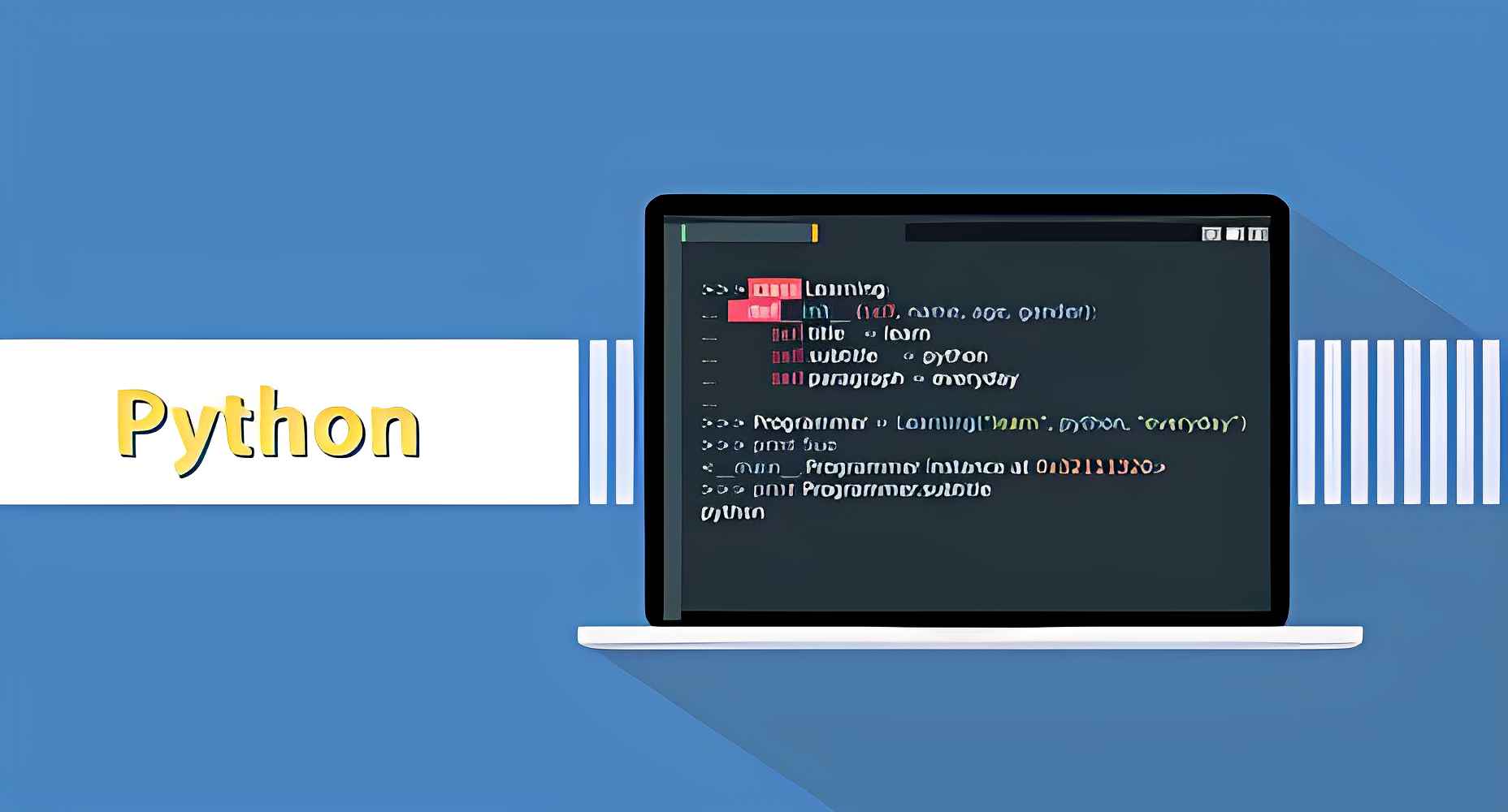Writing Effective Gherkin Scenarios for Selenium Webdriver & Python Automation Testing
In the realm of software development and testing, creating effective Gherkin scenarios is crucial for ensuring smooth automation testing using tools like Selenium WebDriver and Automation with Python . Gherkin, with its simple syntax and readability, allows teams to collaborate effectively and ensures that the automated tests reflect the desired behavior of the software. In this article, we will delve into the intricacies of writing effective Gherkin scenarios, tailored specifically for Selenium WebDriver and Python for automation testing.
Table of Contents
1. Understanding Gherkin Syntax
Gherkin scenarios are written using a simple syntax consisting of keywords such as Feature, Scenario, Given, When, Then, and And. These keywords help in structuring the scenarios in a human-readable format, making it easier for both technical and non-technical team members to understand the test cases.
2. Writing Gherkin Scenarios
To write effective Gherkin scenarios, start with defining the feature under test using the Feature keyword. Then, describe the scenario using the Scenario keyword, followed by the Given, When, and Then steps that outline the preconditions, actions, and expected outcomes of the scenario.
3. Using Background for Repeated Preconditions
The Background keyword can be used to define steps that are common to all scenarios within a feature. This helps in avoiding repetition of steps and ensures that the preconditions are set up consistently for each scenario.
4. Scenario Outlines for Data-Driven Testing
Scenario Outlines allow you to parameterize your scenarios and run them with different sets of data. This is particularly useful for testing the same scenario with multiple inputs, improving the efficiency of your test suite.
5. Tags for Organizing and Filtering Scenarios
Tags can be used to categorize scenarios and features, making it easier to organize and filter them based on specific criteria. This is helpful when dealing with a large number of scenarios and features in a test suite.
6. Integrating Gherkin with Selenium WebDriver
Selenium WebDriver can be integrated with Gherkin using tools like Cucumber, which provide libraries for writing step definitions in various programming languages, including Python. This integration allows you to execute Gherkin scenarios as automated tests using Selenium WebDriver.
7. Implementing Step Definitions in Python
Step definitions in Gherkin map the Gherkin steps to actual code that performs the actions in your test scenarios. In Python, step definitions can be implemented using libraries like pytest or behave, which provide mechanisms for defining and executing the steps.
8. Best Practices for Writing Maintainable Scenarios
-
Keep scenarios simple and focused on a single feature.
-
Use descriptive names for scenarios and steps.
-
Avoid using implementation details in scenarios.
-
Ensure scenarios are independent and can be run in any order.
9. Common Pitfalls to Avoid
-
Writing overly complex scenarios.
-
Not maintaining scenarios as the application changes.
-
Using ambiguous language in scenarios.
-
Neglecting to update scenarios when requirements change.
10. Conclusion
Writing effective Gherkin scenarios is essential for ensuring the success of automation testing using Selenium WebDriver and python selenium tutorial . By following best practices and avoiding common pitfalls, teams can create maintainable and reliable automated tests that accurately reflect the behavior of the software.
Frequently Asked Questions (FAQs)
What is Gherkin?
-
Gherkin is a simple, human-readable language used to define executable specifications for software behavior. It is commonly used in conjunction with tools like Cucumber for writing automated tests.
How does Gherkin help in automation testing?
-
Gherkin allows teams to describe the behavior of the software in a clear and concise manner, making it easier to write automated tests that reflect the desired behavior.
Can Gherkin be used with Selenium WebDriver and Python?
-
Yes, Gherkin can be integrated with Selenium WebDriver using tools like Cucumber, which provide libraries for writing step definitions in python for automation testing .
-
What are the advantages of using Gherkin for writing test scenarios?
-
Gherkin scenarios are easy to read and understand, making them accessible to both technical and non-technical team members.
-
Gherkin promotes collaboration among team members, as it provides a common language for discussing and defining software behavior.
-
How can I learn more about writing effective Gherkin scenarios?
-
There are several resources available online, including tutorials, documentation, and courses, that can help you learn more about writing effective Gherkin scenarios for selenium webdriver python .
In conclusion, mastering the art of writing effective Gherkin scenarios is key to successful automation testing with Selenium WebDriver and Python. By following best practices and leveraging the simplicity and readability of Gherkin, teams can create robust automated tests that accurately reflect the behavior of their software.

